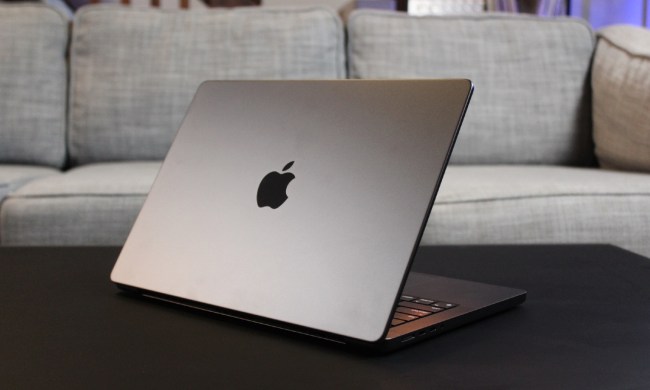
Microsoft has tried to transition toward ARM chips multiple times in the past 10 years. All of them have been failed attempts.
But at Worldwide Developers Conference on Monday, Apple announced its own plans to switch away from using Intel processors to its own custom ARM-based chips, starting later this year. But in Apple’s case, it just might work.
Appearing decisive and planned-out, Apple tackled everything from app compatibility to performance, explaining how ARM Macs would benefit both developers and consumers. If Microsoft ever wants to achieve something similar, it should start taking notes.
Developers, developers, developers

iPads, Windows laptops, and iMac Pros would be nothing without third-party developers. They code the apps you use and the games you play. That’s why, when switching system architecture, a company needs to listen to what developers have to say. Any kind of transition requires development effort, and these developers will require convincing.
You can’t say Microsoft hasn’t tried. From Visual Studio, the developer-friendly community, GitHub, and even the Windows Insider Program, Microsoft has plenty of dedicated tools for its developers. Microsoft even introduced Project Reunion, to help developers code better apps. But its attempts to unify its platform for developers have always fell flat.
Whether it was through forcing unwilling developers in the Windows 8 era or refusing to pick a side ever since, Microsoft’s transition to ARM has always tripped over developer support. Windows developers need to code separate 32-bit apps for ARM devices like the Surface Pro X and other Always Connected PCs. This is because Windows 10 on ARM isn’t optimized for more popular 64-bit apps. It’s also why some apps and peripherals simply don’t work on these devices.
That’s why Microsoft has had to lean heavily on emulation of 32-bit desktop apps as way around this. As emulation often does, it results in performance issues — even in common apps like Google Chrome. Google’s in the same boat with its Chrome OS support for Android apps.
The lack of native apps has always been the missing puzzle piece, and that’s what makes Apple’s approach stand out.
Picking a side

Apple didn’t lead its transition announcement with emulation. It was all about convincing developers to make native apps. It starts with Apple’s Universal App Quick Start Program. Although not free, it gives developers the tools they need to move over to ARM in just a matter of days — at least, according to Apple.
The program provides access to documentation, the forums, and support beta versions of MacOS Big Sur and Xcode 12. Xcode 12 includes tools like Universal 2, an application binary that supports both Intel and Apple Silicon systems. It’s not forcing developers to make bets about where Apple’s support is.
There is even a Developer Transition Kit (DTK) which is providing developers with a sample Mac Mini with the A12Z Bionic SoC to code their apps on before the public gets to it.
Apple also has its own emulation, too, but only as a backup solution. Thanks to “Rosetta 2” users will be able to run existing Mac apps that have not yet been updated, including those with plug-ins. The performance is still unknown, but there’s no rush here. Smaller applications that people rely on won’t just refuse to run. That’s important, especially since Intel-powered Macs have been around for 15 years (and will continue in the future).
But there’s no question where Apple’s support is. Native apps running on ARM-powered Macs in the goal. It even has Mac Catalyst to try and flood the Mac App Store with more native applications, despite being ports of iPad apps.
Time to ruffle some feathers

Microsoft’s long-standing strategy to try and support both legacy and modern applications has left the ecosystem divided and weakened. Windows 10X should be Microsoft’s own attempt to modernize, but Microsoft has again conceded to play to both sides. It doesn’t want to upset Intel, its hardware partners, or its legacy developer community.
But it can’t go on like this forever. Eventually, Microsoft will need to pick a direction and move forward. If it’s still wondering how to accomplish that, Apple just showed the way.


